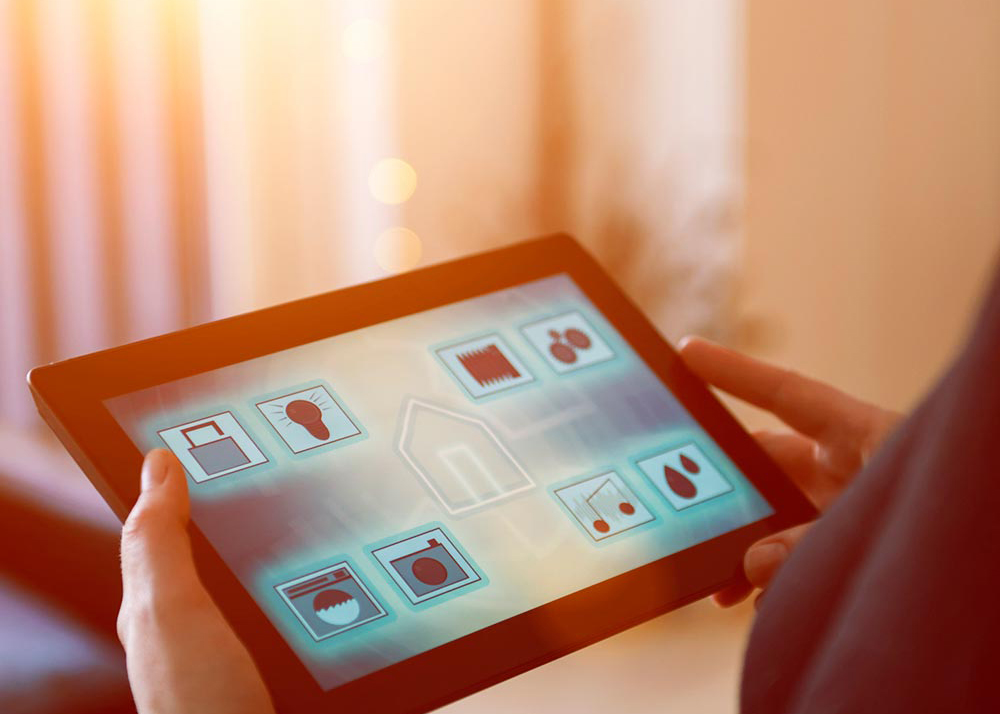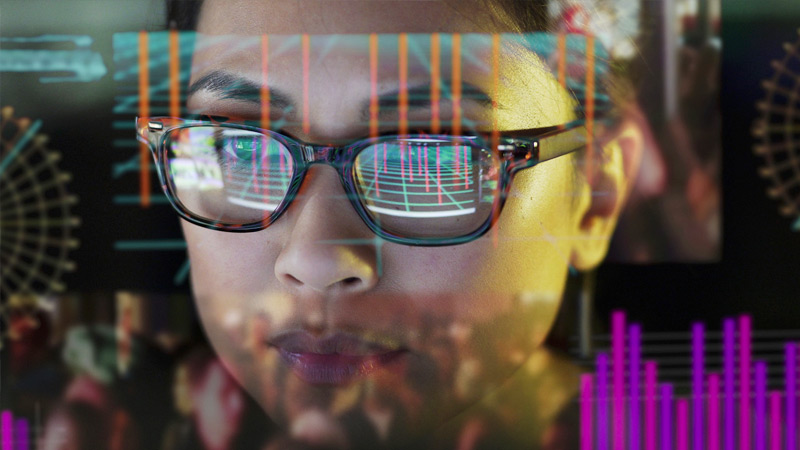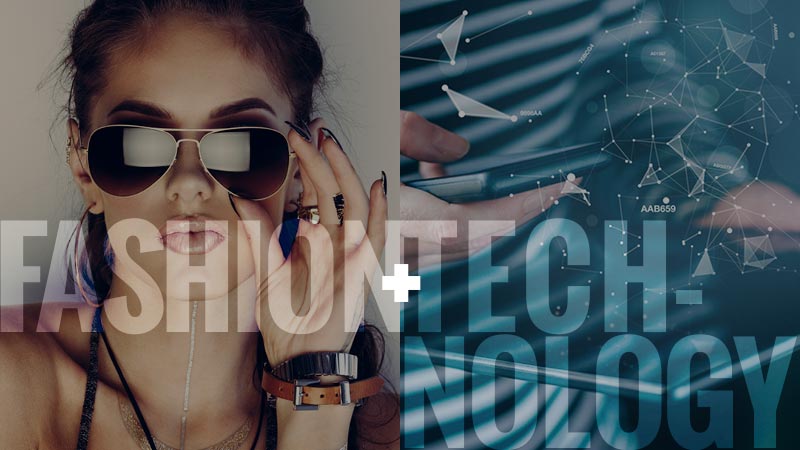The Internet of Things (IoT) is the newest technological frontier and it has a lot of potential for marketers. This idea that one day all of our devices will be connected to—and through—the internet could affect how brands and companies gather data and market products because it is essentially a system of never-ending connections to the consumer. We sat down with Director of Digital Strategy and Optimization Nicole Martin to gain some insights on what IoT could mean for content marketing.
1. What is IoT?
The simplest definition of IoT is common devices that are connected to the Internet (or other networks) so they can send out data about themselves or some process they’re monitoring. They can be everyday things—like refrigerators, home thermostats, and wearable pedometers—or more esoteric things, like self-compacting municipal garbage cans. The data they collect is usually sent to the cloud for storage and analysis and can be managed and reviewed on another device with more processing power (like your phone or computer).
IoT is how I know the weather, my pace, and my point of elevation on mile nine of the half marathon I ran last month, or how Coke knows when machine #2243 is out of Cherry Coke. It’s also how you can rest easy during your vacation—the one you’ve waited months to take—knowing your home alarm is set and your thermostat won’t be running up the power bill while you get away from it all.
2. How do you think IoT will affect content marketing in terms of gathering data and analytics?
The Internet is everywhere, and the cost to connect here in the states is dropping as competition continues to rise. This gives many Americans the power to manage and track various aspects of their lives using their smartphones. More devices collecting data means more data that marketers can use to better understand user behavior and satisfy the needs of their customers. As more and more objects come online, the tough part will not be gathering the data we need but rather how to determine what is relevant and what is not.
This is the time for great content strategists to push companies to pinpoint their customers’ subconscious needs and create specific content that meets those needs even before they rise to the surface. Companies also need to determine user thresholds for these one-on-one content experiences to understand personal saturation points, and when it is and is not OK to natively show an ad on a smartphone or a consumers’ screen on their fridge.
Because of IoT, more and more companies will deliver more marketing at the right times as they analyze user behavior, but what will still set companies and agencies apart is how authentic this content is and how much of an experience it creates for its consumers. You have to deliver relevant content in the right contexts. As they said on G.I. Joe, “Knowing is half the battle.”
3. How do you think IoT will affect content marketing in terms of the content creation?
It’s similar to the motto we use here at Pace—just with a lot more data: Start with data-driven insights to deliver unique, relevant content experiences.
Data-driven consumer behavior analysis allows us to better understand target audience idiosyncrasies and preferences to connect on both practical and emotional levels within our communications. Take “connected” shoes as an example. The shoe company could see how often a consumer is wearing their shoes and the activities they engage in the most. That company can then send the consumer personalized content with, say, relevant recommendations for exercise sessions or suggestions to switch from a basic sneaker to a peak performance shoe made especially for those trail runs they started doing a few weeks ago.
4. How do you think IoT will affect content marketing in terms of activation and distribution?
Right now, most companies are in the dark when it comes to the total amount of data they collect from their entire target audiences. Sure, consumer research and surveys give them great insights, but not everything. IoT will fundamentally change this scenario by providing a manufacturer with the ability to connect directly to the person who uses the product and provide personalized customer experiences, support and service offerings. This new IoT trend will give products a voice and will help manufacturers have a direct link to their customers to better understand who is using their products and how.
The more data, the less guess work involved. This increases the ROI of activation tenfold. Continuing the sneaker example from above, activation and distribution gets even easier. We already know the right content to serve to the right people, but now we can get it to them at exactly the right time and on the right channels, since their smartphone shares the info of their social profiles and news apps.
5. Who do you think IoT will benefit more, consumers or marketers?
While it will help consumers with many with basic tasks and household efficiencies, the marketers win in this comparison hands down. Why? Let’s take my Subaru as an example. Right now the sticker in the upper left corner of my windshield shows me the dealership’s recommendation to get my car’s oil changed at 61,000 miles. However, my current mileage is reading 61,453. If my car were “smart,” it would transmit this data to the dealership, which would automatically schedule a tune up at the time I would have previously selected through the app on my phone, and I would have already received an email weeks ago telling me that I had a appointment scheduled on a Saturday afternoon to get the oil changed.
Now, sure this helps me because my mommy-mobile will have the best oil and auto performance to drive my kids to this golf lesson and that middle school basketball game, but the marketers still win. I didn’t price shop. I didn’t wait for a coupon, and quite honestly, my car could probably go longer than the suggested 3,000-mile mark. You see?
6. What are some potential downsides to IoT?
The biggest concern in my mind is around security of all this data. Adding IP networking to a “thing” creates both potential and risk.
The biggest concern in my mind is around security of all this data. Adding IP networking to a “thing” creates both potential and risk. The ability to share information and extend control raises the question of who gets access, and whenever the answer is not “anyone,” then regulation mechanisms (such as authentication, authorization and encryption) are needed. Also, how do we make sure these companies are working as hard as they can to make this information secure? And if one of these companies goes under, who is regulating the safe destruction of all that data?
Think about it, there is the credit card data within someone’s profile to re-order items they may need, along with a detailed catalog of their activities and whereabouts. A thief could hack in to find out when people’s alarms are set or even use smartphone location data to know an occupant isn’t home.
Moving large volumes of data quickly also enables distributed processing, but reliance on networked servers creates dependencies that may not be acceptable when either the network or server fails. In R&D and marketing strategy, companies will need to budget for data storage when developing new products to connect. This cost will most likely be passed to the consumer.
7. What are some other IoT predictions that you don’t believe will come to fruition?
The first thing that comes to mind is, “What if Skynet becomes self-aware?”—Terminator style. While some machine-to-machine (M2M) components exist today already, IoT is more around machine to cloud, managed by a user with a smart device. Robots won’t be telling other robots to take down Sarah Connor anytime soon.
8. How close are we to widespread applications of IoT?
The analyst firm Gartner says that by 2020 there will be over 26 billion connected devices. That’s a lot of devices, and seeing as how my twelve-year-old daughter wears her Garmin during basketball practice, and then quickly checks her stats on her iPhone when she gets home before she even jumps in the shower—we are further than most people think. We are past the point of no return, which is not necessarily a bad thing.
The true innovation of IoT comes not from simply connecting products, but rather from what we do with the data the “things” create. It all depends on how companies leverage the data they collect and then execute strategies around what this new connectivity allows them to do, from enhancing customer experiences to optimizing business processes and product development.



